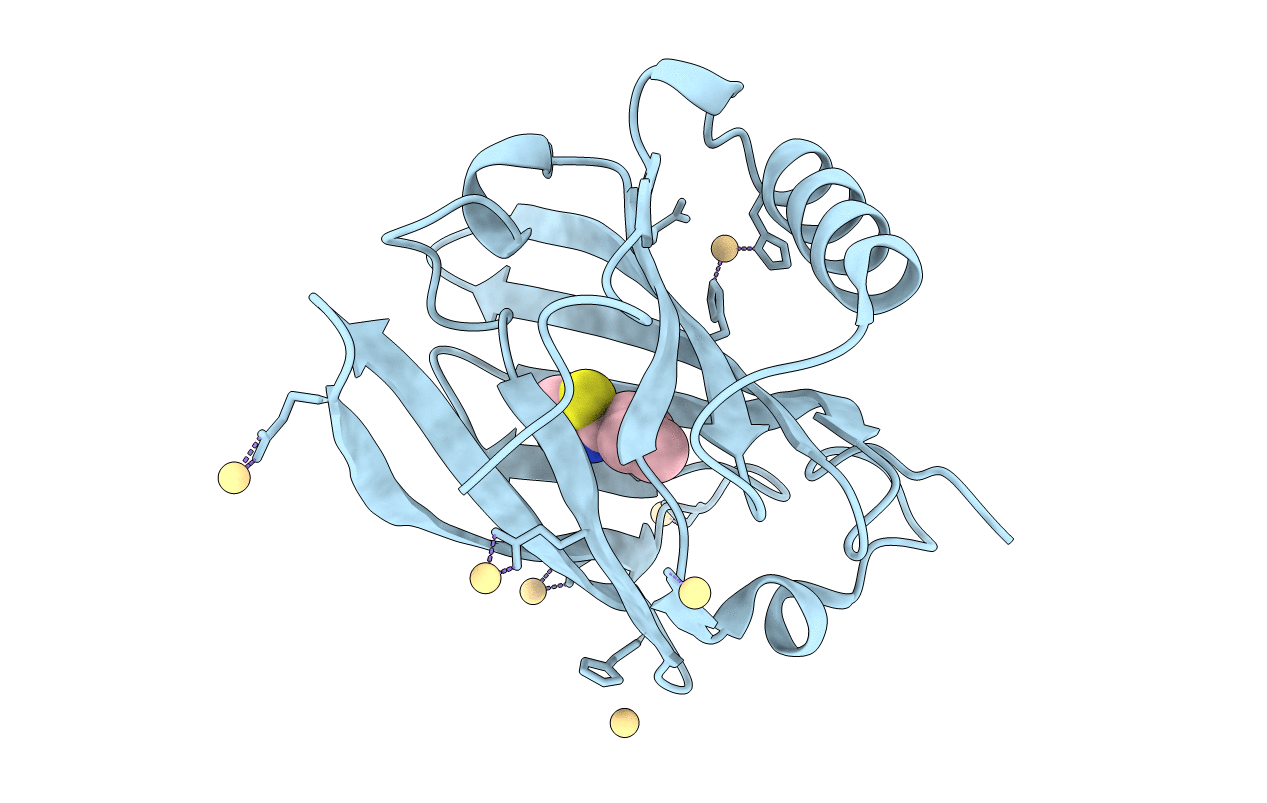
Deposition Date
2001-08-28
Release Date
2001-12-05
Last Version Date
2024-10-30
Entry Detail
PDB ID:
1JV4
Keywords:
Title:
Crystal structure of recombinant major mouse urinary protein (rmup) at 1.75 A resolution
Biological Source:
Source Organism:
Mus musculus (Taxon ID: 10090)
Host Organism:
Method Details:
Experimental Method:
Resolution:
1.75 Å
R-Value Free:
0.26
R-Value Work:
0.20
Space Group:
P 1 21 1


